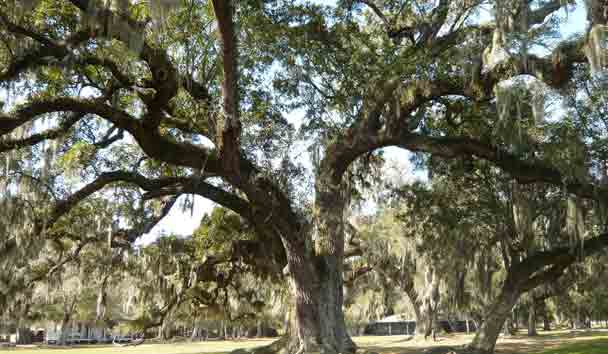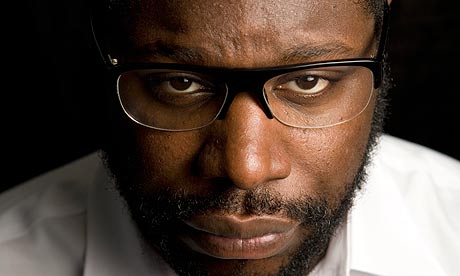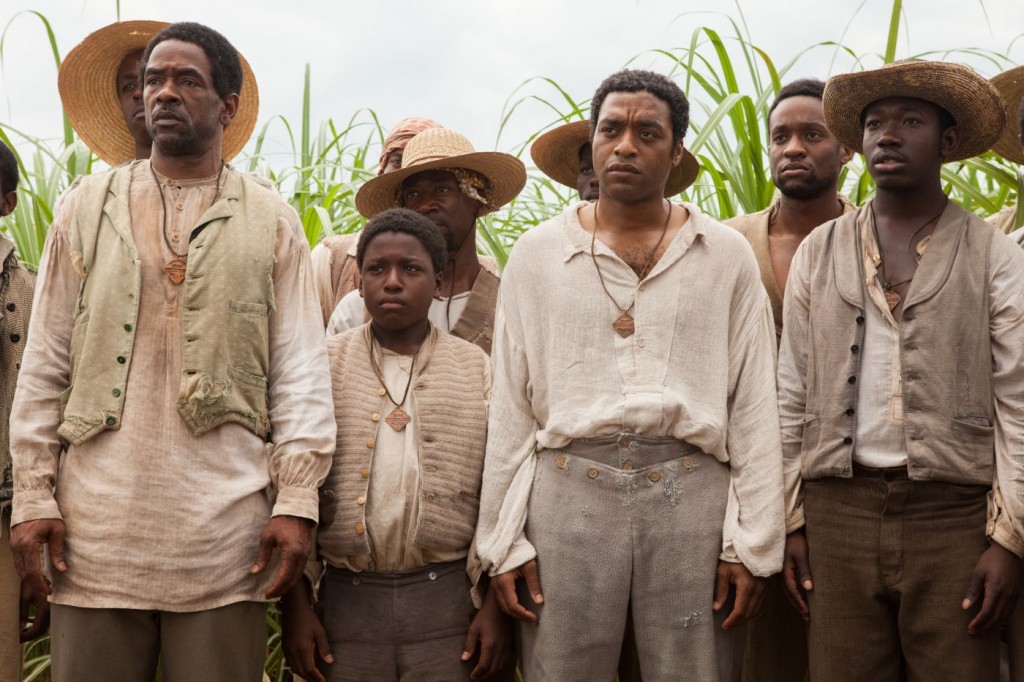 Traveling produces potent memories, and one of the most indelible experiences I’ve had on the road took place on the grounds of a former rice plantation outside Charleston, South Carolina called Middleton Place. I can’t remember exactly why we chose to visit Middleton and not any of the other nearby plantations that had more popular visiting programs. We may have been draw to the “oldest landscaped gardens in America” and indeed, Middleton Place has spectacularly beautiful grounds.
Traveling produces potent memories, and one of the most indelible experiences I’ve had on the road took place on the grounds of a former rice plantation outside Charleston, South Carolina called Middleton Place. I can’t remember exactly why we chose to visit Middleton and not any of the other nearby plantations that had more popular visiting programs. We may have been draw to the “oldest landscaped gardens in America” and indeed, Middleton Place has spectacularly beautiful grounds.
But, neither beauty nor clever marketing can mask the history of Middleton or any of the other plantations that are sprinkled throughout the South.
Middleton Place is set along a lazy bend in The Ashley River, and visitors can see visible remnants of the rice fields in which generations of slaves worked. On a still afternoon during the winter, with barely a tourist around, every corner of the plantation felt haunted, as though the past were still present in each manicured magnolia garden or discarded horseshoe.
Middleton maintains a building called Eliza’s House, the home of the last of the family’s slaves, Eliza, who remained on the plantation after her emancipation, until her death at 94. The rooms are spare, and the single building attempts to represent generations of people brought over from Africa to work the rice fields. It’s a bare-bones, reluctant politically-correct attempt to explain the past.
Walking around the grounds provoked layers and layers of emotions – the plantation was eerily gorgeous, but the history of slavery produces a shame that is impossible to ignore.
Visitors interested in an accurate history of slavery are not going to get straight answers during a visit to the plantations. In fact, a quick perusal of the Charleston plantation websites reveals language explaining slave history that could be fodder for a college thesis, pages riddled with ironic and dated statements that dance around the issue at hand. (Here is Drayton Hall’s “From Slavery to Freedom” page; it’s a bit harder to find details at Boone Hall Plantation, but there is a Gullah history page; and Magnolia Plantation also has a “Slavery to Freedom” tour.)
No matter the words, being in these spaces is truly haunting for the stories that are not told. And probably will never be.
I was reading Edward Ball’s Slaves in the Family while visiting Charleston. The book, which won a National Book Award for Nonfiction in 1998, chronicles the author’s investigation of the slaves owned by his own family in South Carolina. A profound investigation of the commingling of the histories of black and white families over the years, Slaves in the Family is a riveting read, with stories as haunting as the plantation grounds themselves. The two informed the other, providing an indelible narrative for my visit.
Which brings me to 12 Years a Slave, Steve McQueen’s film that is nominated for nine Academy Awards, including Best Picture. 12 Years a Slave offers a profound look at the true story of a free black man who was kidnapped and sold into slavery for a dozen, devastating years. Directed with a confident, calm hand, the film takes a measured look at how Solomon Northup, an educated and free black man, survives a horrific descent into the hell that is a series of cotton plantations in New Orleans. 12 Years has been called “the most painful, clear-eyed feature ever made about American slavery.” (Christopher Orr of The Atlantic). The fact that 12 Years has a fair chance to win several awards this season is a good thing, because more people will be brave enough to watch the movie.
I admit to being wary of seeing 12 Year a Slave because so many reviews foretold the story’s brutality. I did not know McQueen as a director, and thus was unaware of his art-world credentials. McQueen grew up in London and went to a British art school, where at a young age he received the country’s highest honor for artistic achievement – the Turner Prize. McQueen’s unique combination of artistic and political sensibilities gives 12 Years a Slave a purposeful coherence and allows him to tackle a difficult topic with unflinching poise. (His previous films had political subjects, as well).
Indeed, the film contains many images of violence (rape, whippings, beatings, hangings and more). Yet, because the director remains focused on Solomon’s journey to survive, and portrays the preponderance of cruelty in credible fashion, the brutality isn’t played for shock and therefore has a greater impact. What is portrayed breaks the viewers heart, and the film becomes a peeling back to the truth of what happened in this country, on those plantations.
 Steve McQueen. Photograph: Richard Saker
Steve McQueen. Photograph: Richard Saker
In a recent interview with The Telegraph, McQueen has this to say about his much-lauded film:
“This film, for me, more than anything else, is about love. That sounds very crazy and very corny but I will tell you why. It’s all about Solomon holding on to hope and holding on to his soul and getting back with his family. He’s been tested on every single level, he’s been tested by mental violence, he’s been tested by physical violence, and at the end he survives and goes on. A lot of people are talking about the movie not in terms of its violence but about the endurance and love and survival.”
It is also, says McQueen, about beauty: “The plantations where we filmed are beautiful, but some horrible things happened in the most beautiful places. It was a very intense time for the crew and the actors and we created a family and supported each other in order to get through it and make the sort of film we thought we needed to make.”
The film is exquisitely well made, with moments of lyrical beauty that offer us access to a man’s soul as he battles with the ultimate human degradation. As we honor the birthday of Mr. King, there is no better way to remember his simple, eloquent dream of freedom than to watch this fine film.
For mature teens and adults.


